The Ancient Tea Horse Road: A Journey Through Time and Terrain
Imagine a network of trails snaking through breathtaking mountain ranges, connecting cultures, and facilitating trade for centuries.
This wasn't a modern highway, but the ancient Tea Horse Road, a vital artery that once pulsed with the lifeblood of commerce in Southwest China.
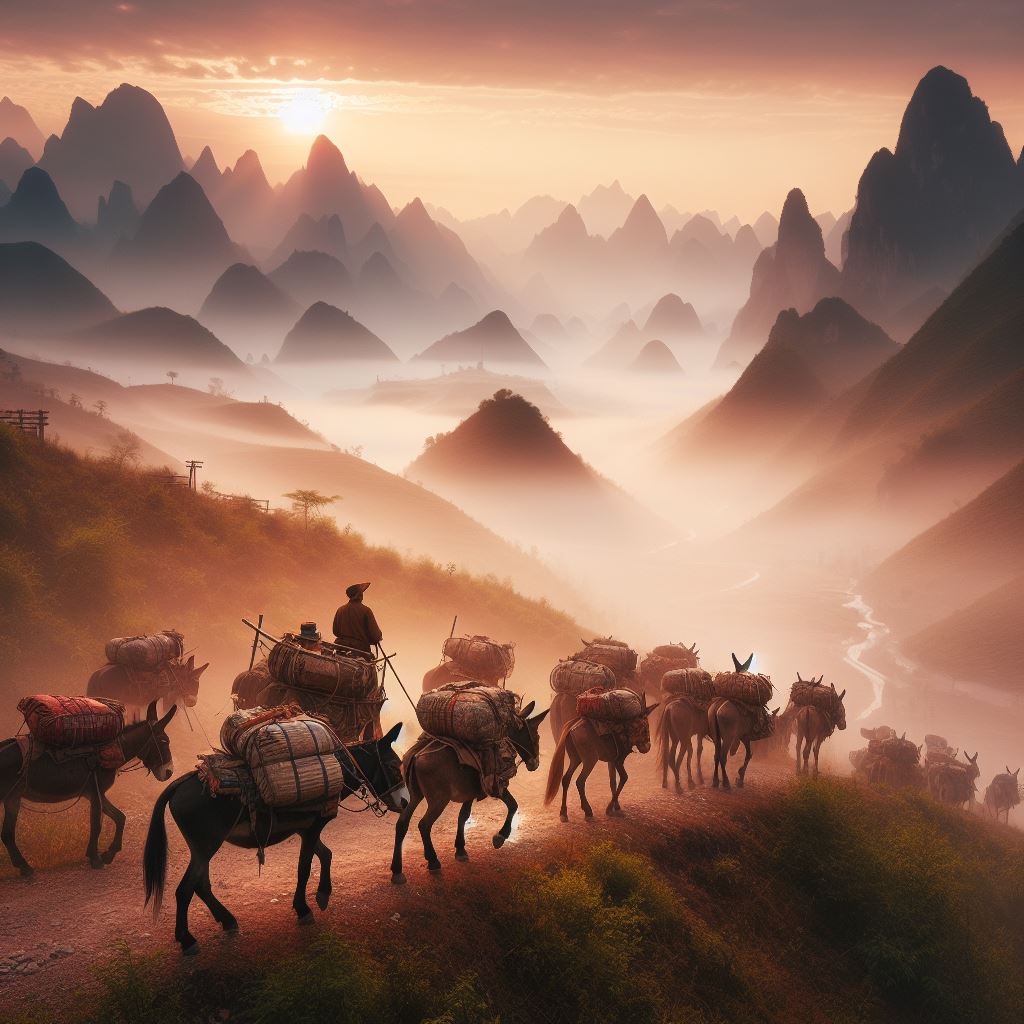
More Than Just Tea and Horses
While the name suggests a simple exchange of tea for horses, the reality of the Tea Horse Road was far more complex. Flourishing from the 6th century to the 20th century, this network of paths primarily linked Sichuan, Yunnan, and Tibet. However, its reach extended beyond these regions, connecting with trade routes leading to Bhutan, Nepal, India, and even the Middle East.
A Tapestry of Trade
The primary commodities traded were indeed tea and horses. Tea, particularly Pu-erh from Yunnan, was a highly sought-after beverage across Asia. Horses, on the other hand, were essential for transportation and warfare in the mountainous regions. However, the Tea Horse Road facilitated the exchange of numerous other goods. Salt, spices, textiles, medicinal herbs, and cultural artifacts all flowed along this network, enriching the lives of those who participated in the trade.
A Landscape of Diversity
The Tea Horse Road wasn't a single, fixed path. It was a network of routes that adapted to the challenging terrain. Caravans traveled on foot, horseback, and even yak-back, navigating treacherous mountain passes, lush valleys, and unforgiving plateaus. This diversity of routes also meant exposure to a rich tapestry of cultures. Tibetan nomads, Han Chinese merchants, and various ethnic groups interacted and exchanged ideas along the way.
Beyond Commerce: A Cultural Bridge
The Tea Horse Road wasn't just about trade; it fostered cultural exchange. Tea houses became social hubs, where travelers and locals shared stories, songs, and customs. Religious influences spread along the routes, with Buddhist and Taoist traditions finding new adherents in distant regions. The architecture of towns and villages along the road also reflected the cultural blend, with elements of Tibetan and Han styles often intermingling.
A Legacy Enduring
While the rise of modern transportation rendered the original Tea Horse Road obsolete, its legacy continues to resonate. Many sections of the old routes have been preserved as historical sites, offering a glimpse into the past. Traditional tea-making techniques are still practiced in Yunnan, and the appreciation for Pu-erh tea remains strong. The spirit of cultural exchange fostered by the Tea Horse Road also lives on, inspiring modern-day initiatives that promote understanding and cooperation between different ethnicities.
The Tea Horse Road: A testament to human ingenuity, the power of trade, and the enduring connections forged along a path less traveled.
Newest Shenanigans
 | The Enchanting Ways of Austria Austria boasts a breathtaking tapestry of landscapes, from the soaring peaks of the Alps to the rolling hills of the wine regions. |
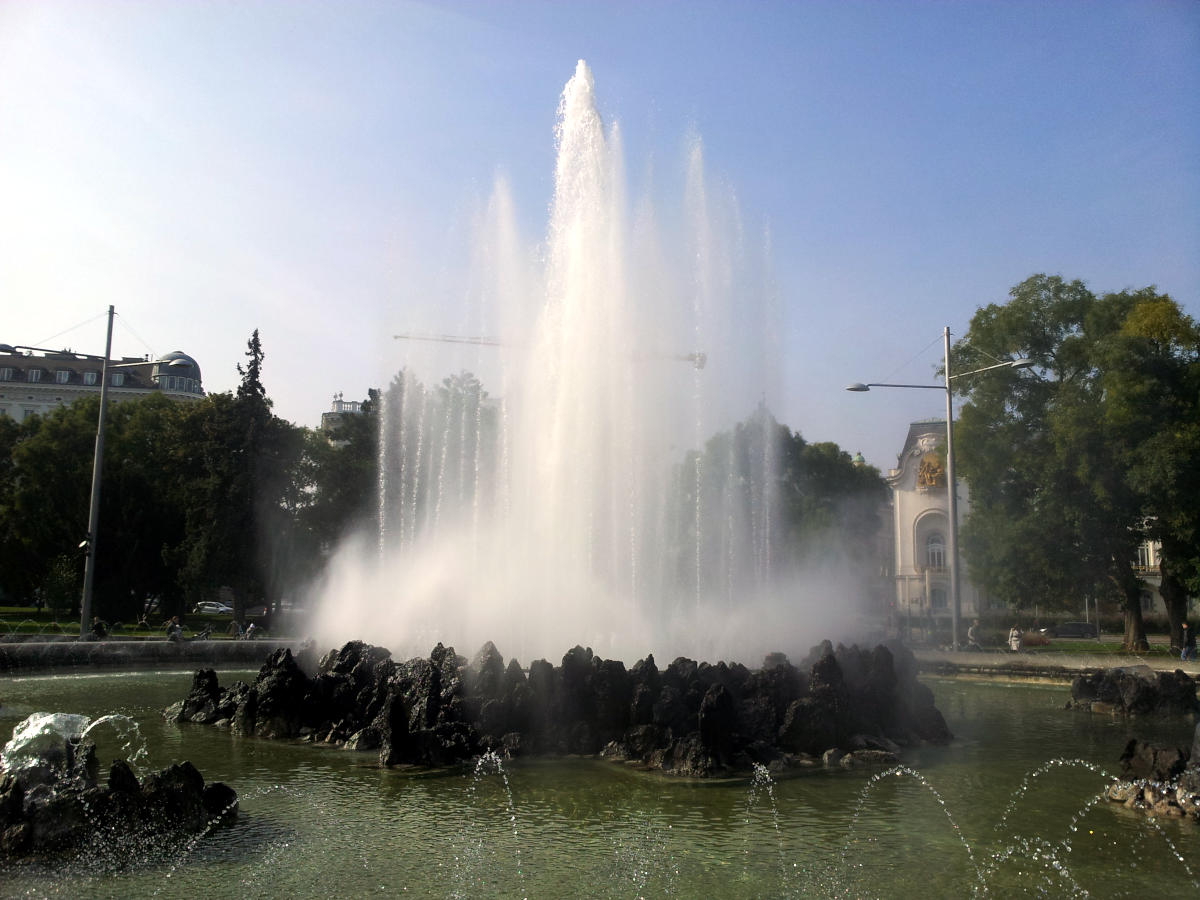 | 12 must-see attractions in Vienna, Austria There is never enough time to fully discover and appreciate a historic capital like Vienna, but we can try. So here is a list of 12 must-see attractions in Vienna. |
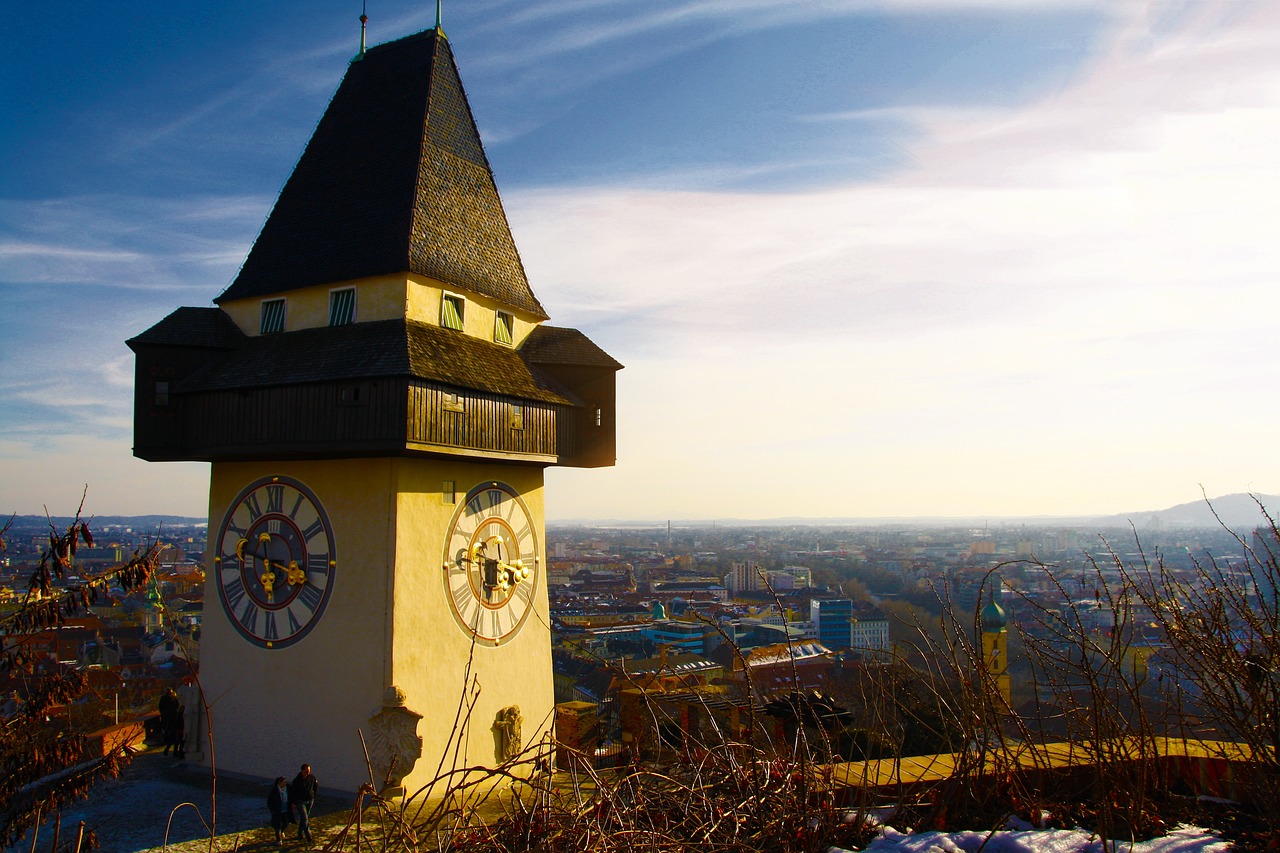 | 12 must-see attractions in Graz, Austria If you have time on your hand, I recommend to discover Graz by yourself. But time is tricky to come by these days, so here is a list of 12 must-see attractions in Graz, Austria. |
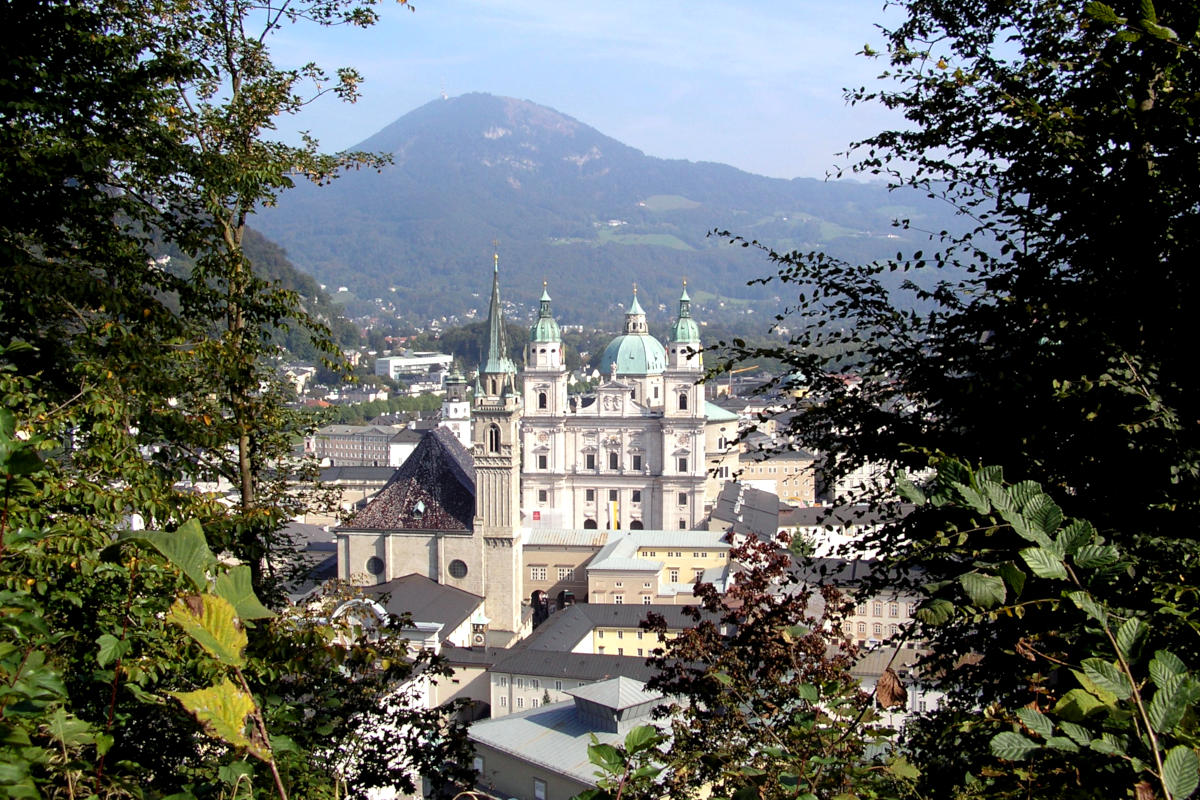 | 12 must-see attractions in Salzburg, Austria Like most places on our planet, Salzburg is a city you need time to fully discover and appreciate. However, time is always hard to come by these days. So here is a list of 12 must-see attractions in Salzburg. |
 | Some museums to visit in Salzburg Salzburg is a city rich in culture and history, so naturally it features many interesting museums. By all means, the list is not complete, but I try to add the small museums too. |
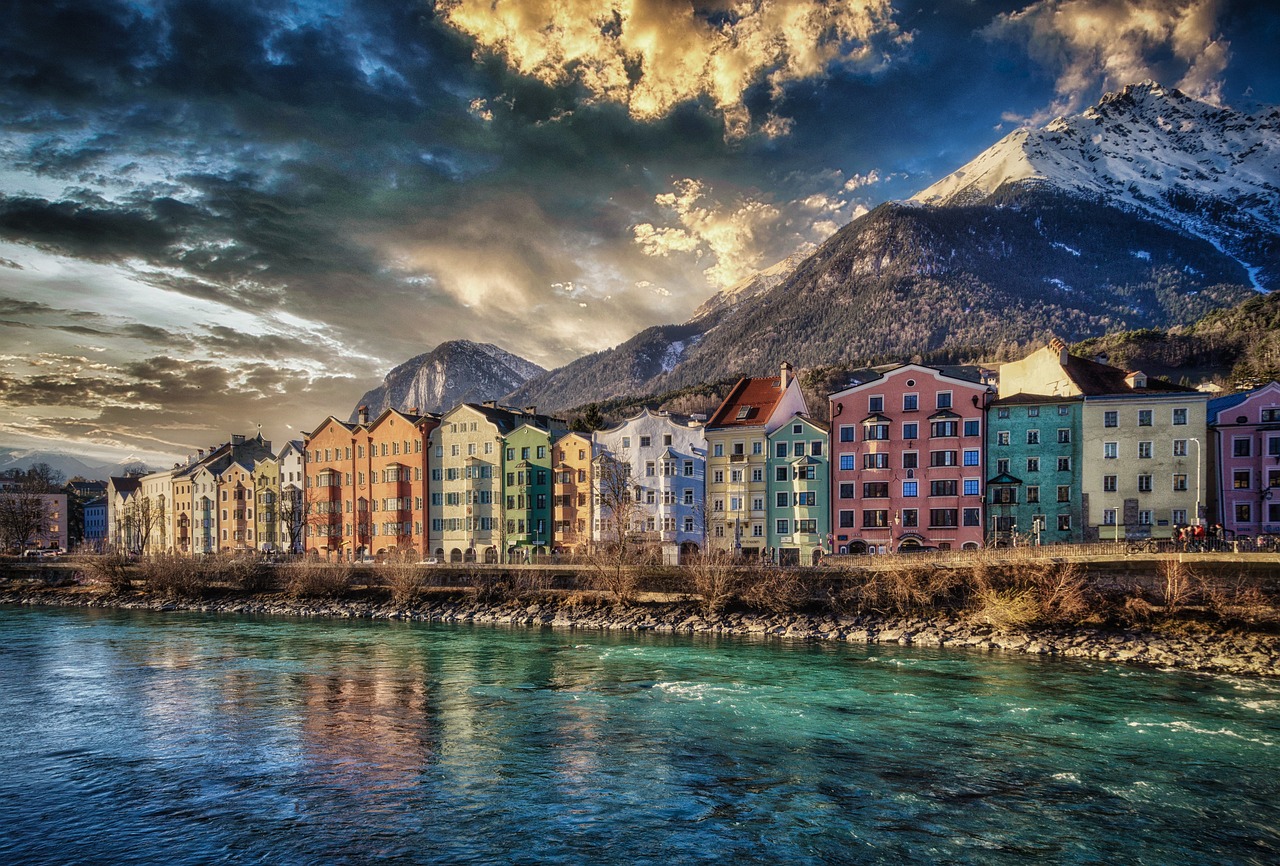 | 12 must-see attractions in Innsbruck, Austria Of course the best way to discover a city rich in culture and history like Innsbruck would be to spend a lot of time there. But since time is often an issue, here are 12 must-see attractions in Innsbruck, Austria. |
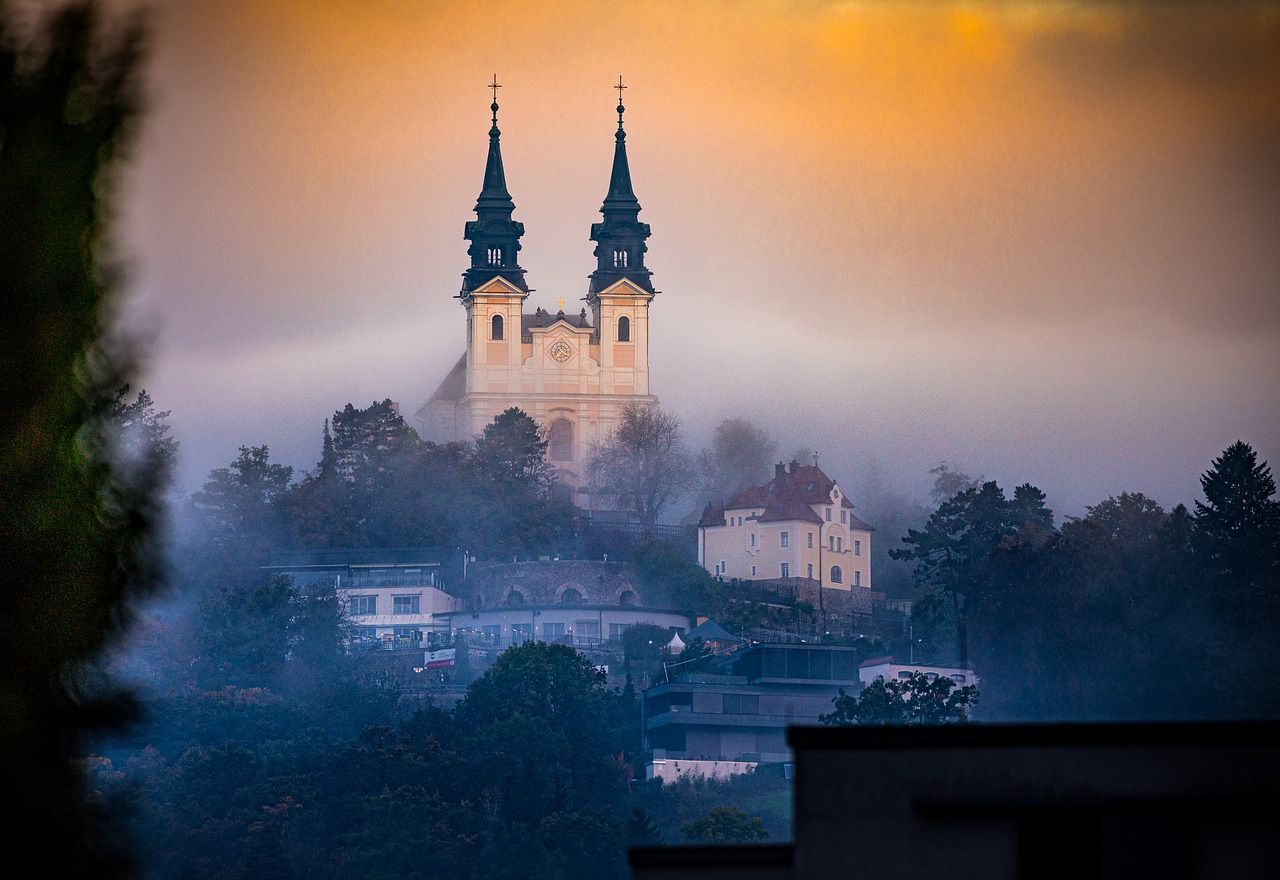 | 12 must-see attractions in Linz, Austria For us people of Salzburg, Linz is just a short hop away by train - so we can visit often. If you are short on time however, here are 12 must-see attractions in Linz, Austria. |
